Mentioning purple clay, one would definitely think of Yixing.
Yixing Purple Clay is a specialty of Yixing City, Jiangsu Province, and also a Chinese national geographical indication product.
Does this mean that purple clay Pottery is produced throughout the entire Yixing region?
Today, we will delve deeper into the distribution of Yixing purple clay.
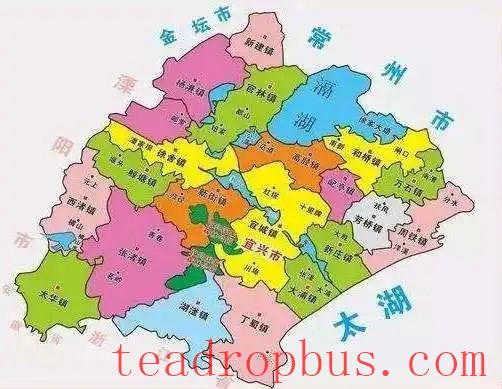
▲ Map of Yixing City
I. Historical Development of Pottery Making in Yixing
Historically, the pottery industry in Yixing has been very developed, but this does not mean that the entire Yixing region is a prolific producer of purple clay pottery; instead, production is concentrated in specific areas.
In the Eastern Han Dynasty, the area around Dingshu and Nanshan in Yixing became a center for pottery making.
During the Ming Dynasty, most of the pottery produced in Yixing came from Ding Mountain Town and Shushan Town in Yixing County.
From this period until now, the production of Yixing purple clay pottery has been mainly concentrated in the areas around Ding Mountain and Shushan.
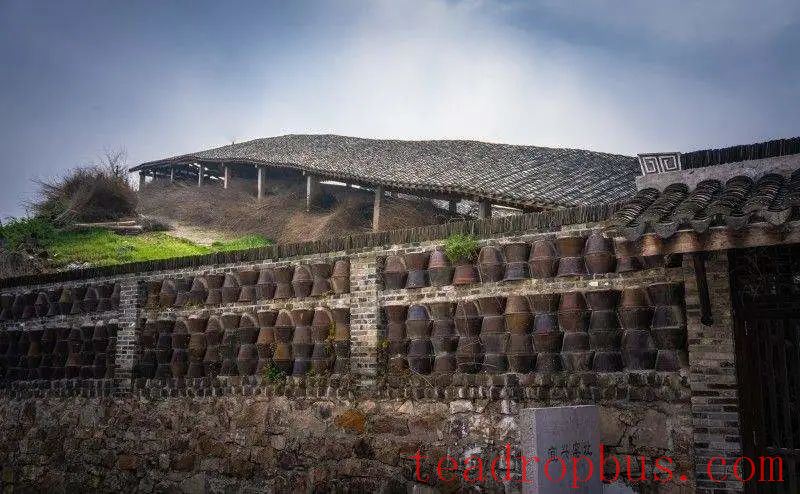
▲ The 600-year-old ruins of the Qianshu Dragon Kiln
II. Advantages of Ding Mountain Town and Shushan Town
The emergence of Ding Mountain Town and Shushan Town as centers for purple clay manufacturing is not coincidental; compared to other regions, they have natural advantages:
1. Large areas of Ordovician Wutong Group strata in their hilly regions contain abundant deposits of clay ore;
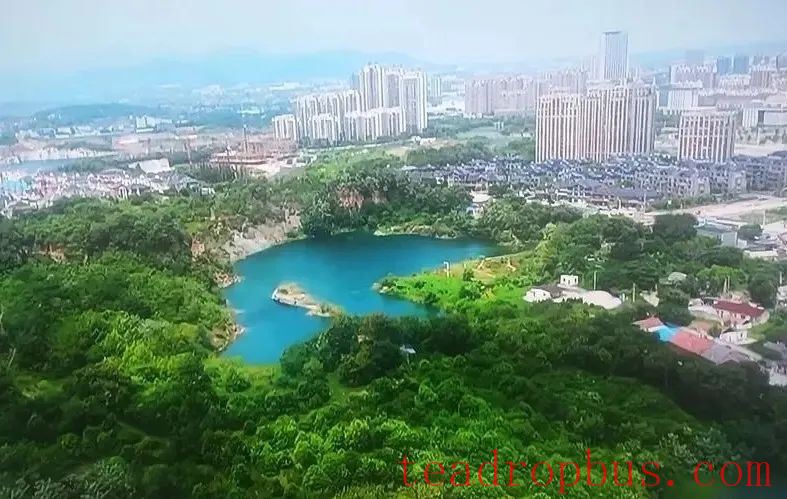
▲ Old site of the purple clay mine, Huanglong Mountain's Big Water Pond
2. Along the shores of Tai Lake, there are large deposits of iron-rich soil bones that form special purple clay ores in Huanglong Mountain, which are the primary materials used in the production of purple clay Teapots.
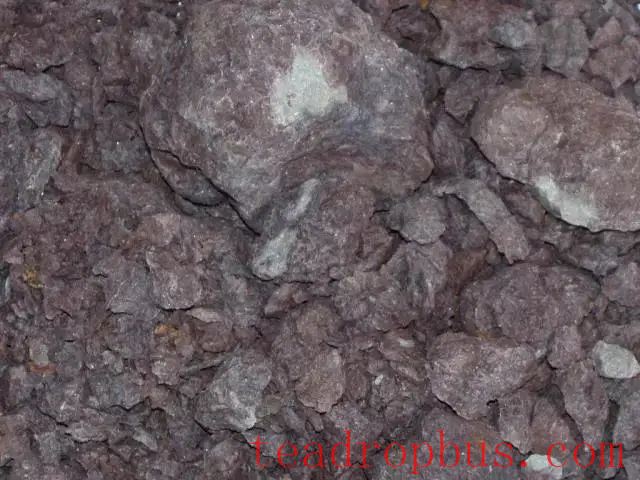
3. Dense forests, bamboo, and abundant coal resources provide sufficient fuel and other raw materials for the development of the ceramics industry.
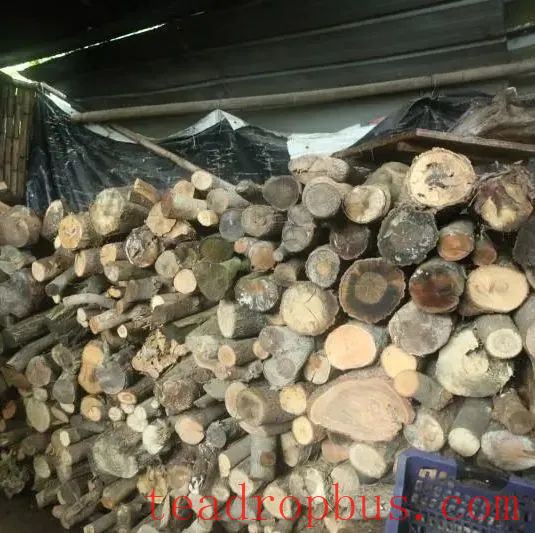
From ancient times until today, almost every household in the entire Dingshu region makes pottery, and kilns can be found everywhere.
This situation still exists today, with centuries of continuous craftsmanship in the pottery industry earning Yixing the reputation of being the “Capital of Ceramics.”
III. Which Cultural Relics in Yixing Are Related to Purple Clay Pottery?
The east, west, and north sides of Yixing are rich in the Taihu Lake Plain, while the southwestern part is concentrated with majestic mountains and beautiful waters, with mountains and water complementing each other and picturesque scenery.
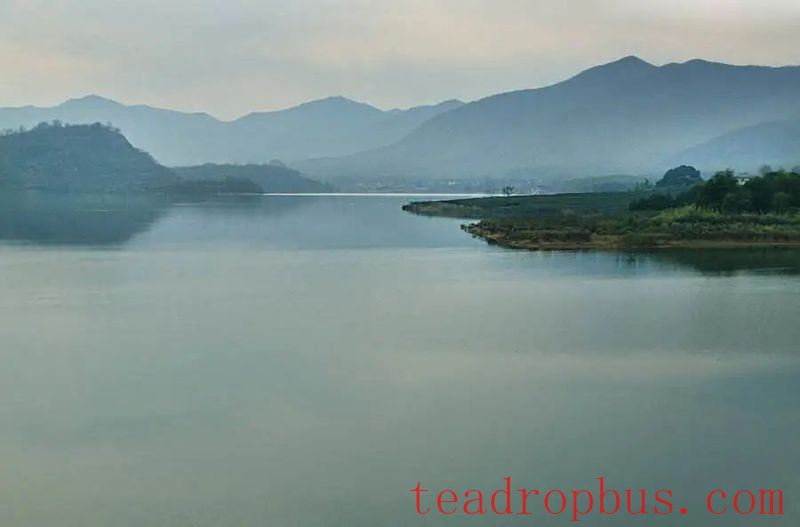
▲ Scenery of Yangxian Lake
According to local records of Yixing: “There are 136 famous mountains, 24 streams and rivers, 17 lakes, 10 streams and pools, 72 ditches, and five major lakes in the county,” and “the beauty of the mountains and waters ranks first in the southeast.”
Yixing's caves are numerous and spectacular, and are very rare throughout southern China. There are 82 limestone karst caves in the city, known as the “Cave World.”
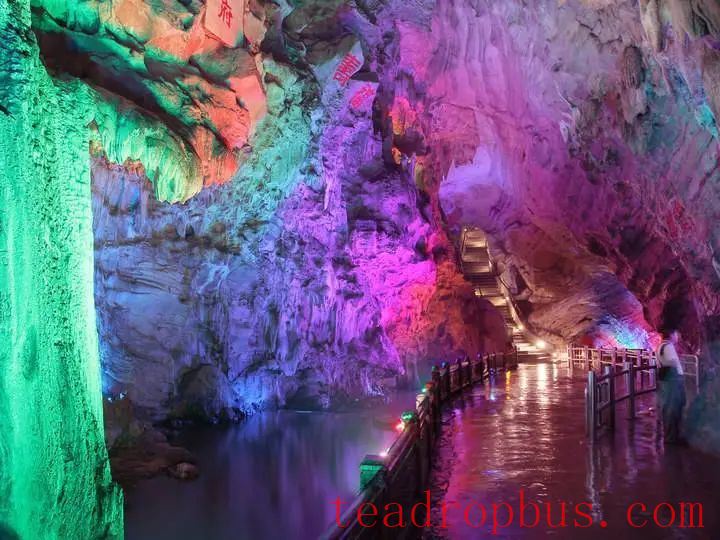
▲ Caves in Yixing
According to geologists, they have formed over nearly one million years, and two of the scenic spots, “Muli Cave” and “Xishi Cave,” are associated with Xi Shi, a beauty from the Spring and Autumn Period.
01 Mulive Cave
The “Liu” in “Muli Cave” refers to Fan Li.
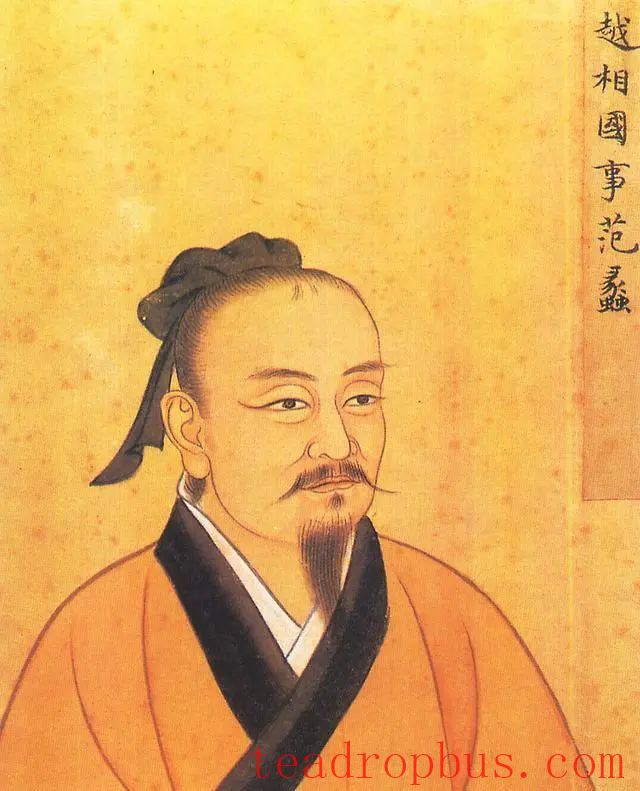
▲ Portrait of Fan Li
Fan Li was a high official of the state of Yue during the Spring and Autumn Period, a well-known figure in history, and revered as the “Ancestor of Potters” in Yixing.
Legend has it that after assisting King Goujian of Yue in destroying Wu, Fan Li voluntarily retired and lived in seclusion with Xi Shi in the Dingshu area (including the present-day Ding Mountain, Shushan, and Tangdu) of Yixing, calling himself “Taizhu Gong” and teaching people how to dig earth and make kiln bricks. Later, he was revered as the “Master Potter” by the pottery industry.
Even today, many cultural landscapes in the Dingshu area are believed to be related to Fan Li.
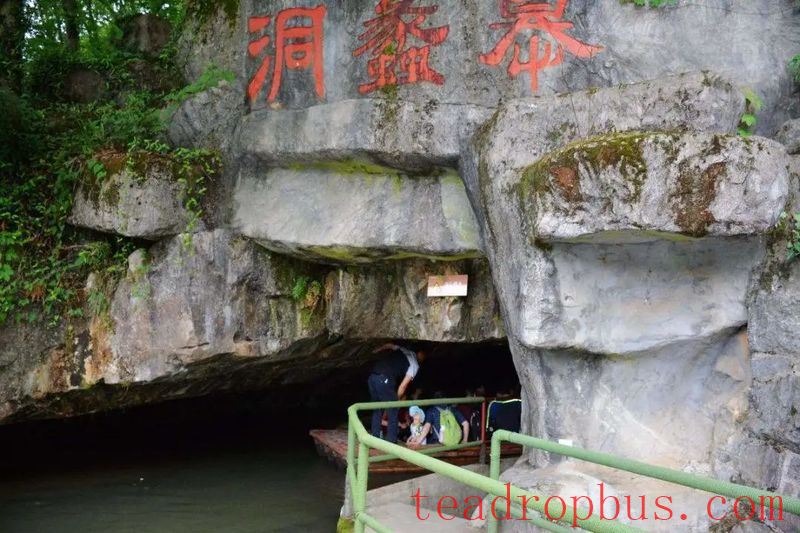
Muli Cave is one of the largest karst caves in Yixing, located in the Jintang Mountains in the southwest lake area of Yixing.
After long-term dripping, dissolution, and solidification, myriad postures of stone pillars, stalagmites, stone curtains, and stone flowers have formed within the cave, making it a typical limestone karst cave with underground rivers as its main feature.
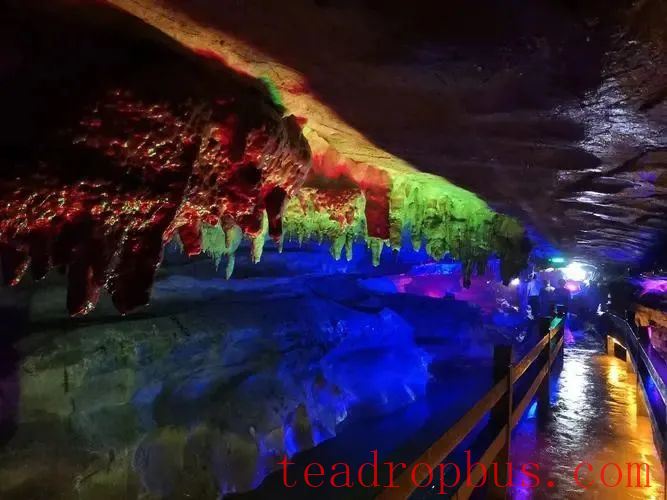
The total area of the cave is 8,200 square meters, with 1,750 square meters of waterway area and a route length of 750 meters.
The cave is filled with jagged rocks and towering stalagmites, presenting magnificent scenery, making it one of the representative caves in Yixing.
02 Xishi Cave
With Fan Li, of course, Xi Shi cannot be missing.
Xishi Cave is also known as Wuling Cave and is located next to Muli Cave. The total area of the cave is 8,500 square meters, with a diameter of 300 meters, a tour length of approximately 1,200 meters, and nearly 80 scenic spots, including more than 50 attractions such as Xi Shi washing clothes, Xi Shi Bridge, and Yanzi Stream. The scenery is magnificent and unique.
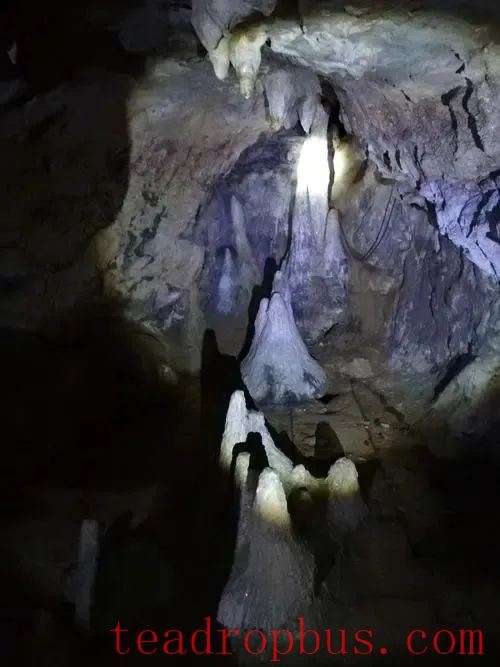
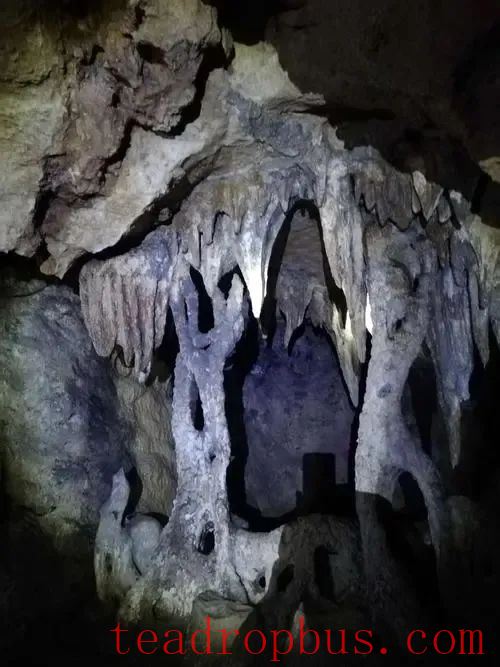
In folklore, the original name of Xishi Cave was